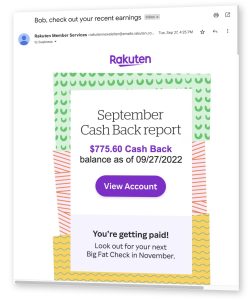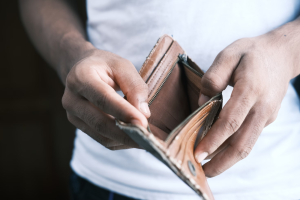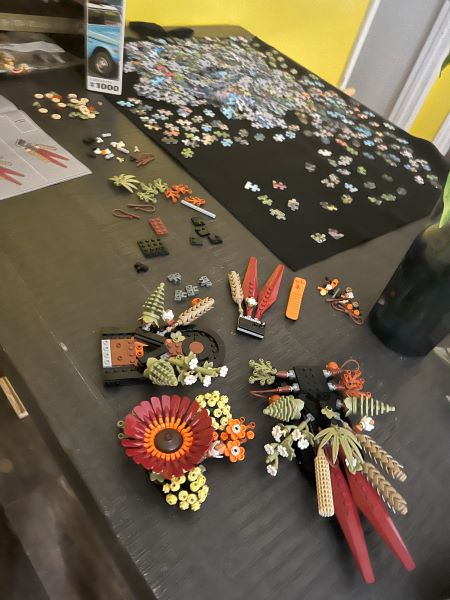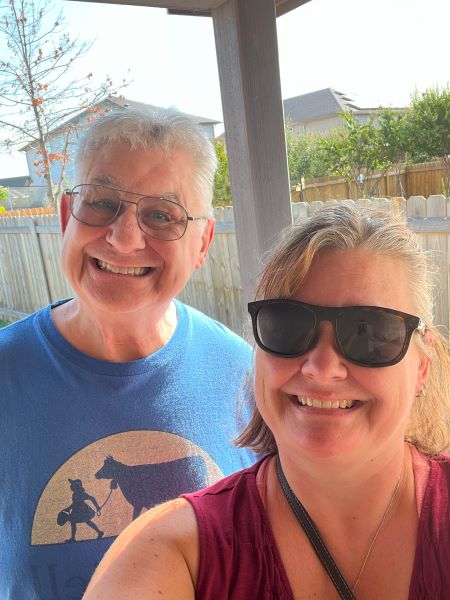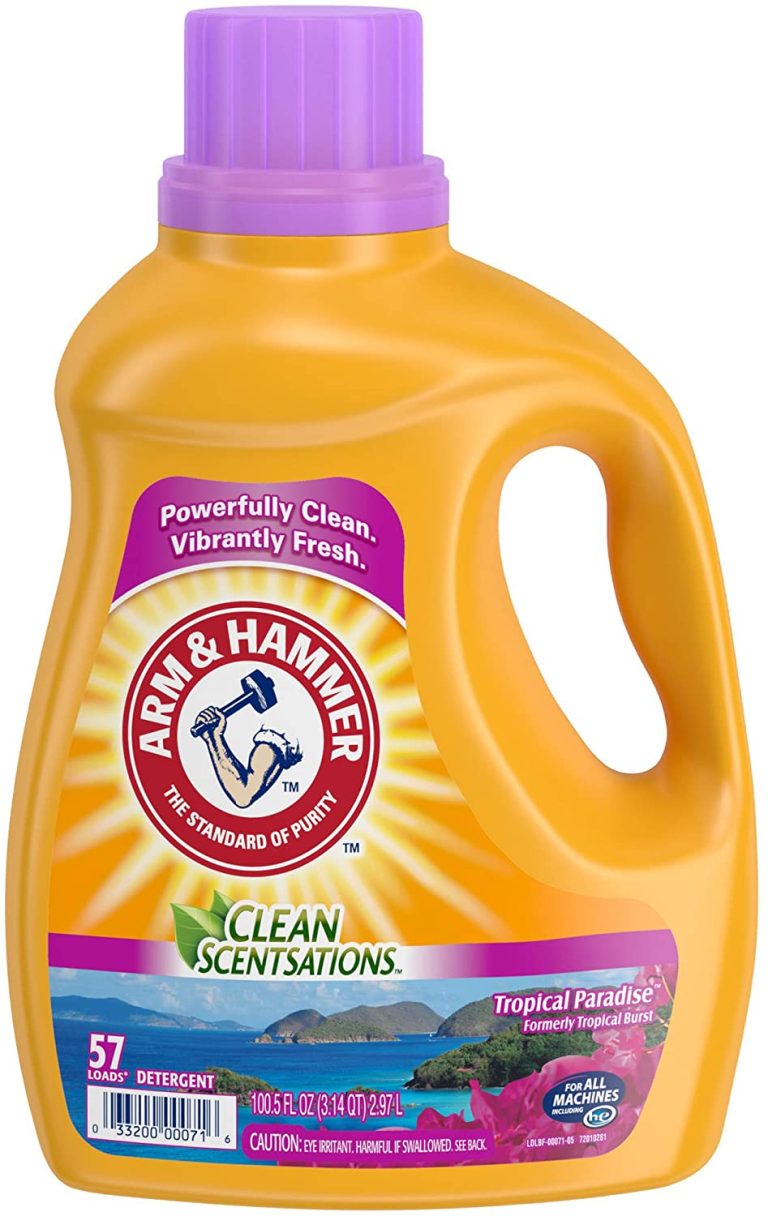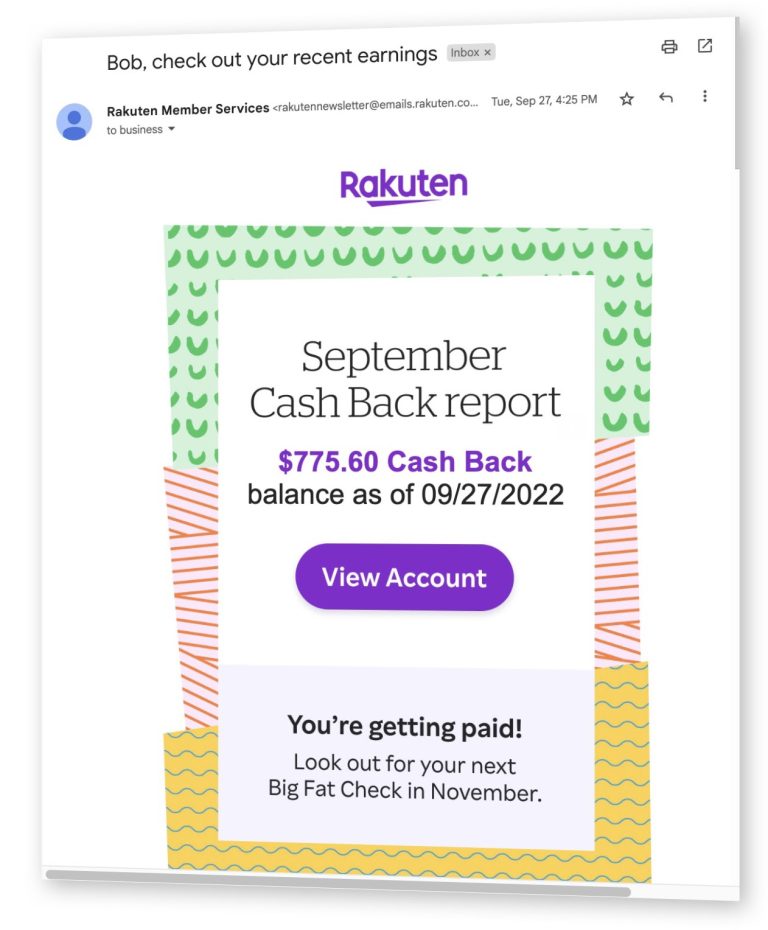Hello! I’d like to continue our update since we stepped away from blogging here in February 2014. Here’s what has been going on with our real estate and our debt.
Real Estate
If you followed our journey previously, you’ll know that we own 2 rental properties (3 units) out of state, and also have a rented guest house at our primary home. 2014 was not a very successful year for us with our investment properties. One unit sat empty for several months during the winter, and one renter abandoned her unit, which ended up needing quite a bit of maintenance and repair. My reserve funds just covered the out of pocket payments I had to make on my properties.
However, coming into 2015, all units are rented to tenants who are paying on time and are reliable. We currently cash flow almost $900 per month on the out of state properties and are also building equity both in appreciation and mortgage pay downs. This year could end up being really good for us in that regard, or it could go south if the current tenants decide to leave or any major repairs come up. So far, the investments haven’t returned what I hoped, but it’s finally starting to look like the potential is there for really solid returns this year. As a reminder, I run all the income and payments from the rental properties through a separate bank account and do not touch the money (there’s not much there anyway, just enough to make a couple payments on the properties currently). Even though we had a rough 2014, I still like rental properties because you make money in 3 ways: rental income, property appreciation, and equity building. If we can keep our head above water with tenants on these two properties, we should have a nice value built up in a few years.
On the other hand, it looks like our decision to buy a house in Austin in 2013 is really working out in our favor. Austin is a hot market, and I just saw today that asking prices in our zip code are up 10{6fac3e6a3582a964f494389deded51e5db8d7156c3a7415ff659d1ae7a1be33e} in the last year. I also heard that the population in our specific area is growing faster than anywhere else in the state, so our property value should really benefit over the next few years. To buy the house, we had to spend about $20,000 that otherwise would have been invested in retirement, but after only 2 years, I estimate we have about $43,000 in equity in the house, as well as a guest house rental that brings in a bit of money each month. If we hold on to this house for another 5 years, we should be able to walk away with over $100,000 if we sell.
Just a reminder that we chose not to track our mortgage debt on this blog; it’s just too big and too long of a payoff. To provide a little clarity, our house was expensive and came with a big payment. After subtracting the rental income we make from the guest house, we are paying about $1300 out-of-pocket each month on our house, which is very reasonable in the Austin market and for our income level. For each $1300 out-of-pocket payment, we reduce our mortgage principal by about $500, and we should be gaining around $600/month in appreciation on average. Although it felt insane to buy a house so far above our budget at first, I think it’s turning out to be a great choice.
Debt Status
Ok, at long last, time for a debt update! When we left you in February 2014, our debt stood at $92,920 and our savings was at $8200. Due to the encouragement and challenge of the readers here, we made the commitment to pay off the rest of this debt in 2 years and be debt-free by December 2015. At the time, we were putting about $3500 per month toward debt.
I’m excited to say that we have stayed on track with our payoff goals! We have continued to throw as much as we can at our debt and have made great progress. Here is a picture of our progress since last year:
|
 |
Total paid off since February 2014: $59,113!
Current savings: about $12,000.
Since we started paying off debt in 2010, we’ve paid off over $143,000 of credit card, auto loan, and student loan debt!
One strategy I started last year was to exploit my company’s employee stock purchase plan. This plan allows employees to use up to $7500 of salary every 6 months to purchase company stock at 85{6fac3e6a3582a964f494389deded51e5db8d7156c3a7415ff659d1ae7a1be33e} of the market price. So I redirected some of the money I was using for loan payment and put $1250 per month into the ESPP. As soon as the shares were purchased, I sold them and pocketed the 15{6fac3e6a3582a964f494389deded51e5db8d7156c3a7415ff659d1ae7a1be33e} gain (it actually came out to a little bit more because the shares went up a bit). So, $7500 turned into over $9000 over that period, which helped reduce our debt even faster. Also, it’s so gratifying to make a payment of over $9000 all at once.I also used the majority of my performance bonuses to pay down debt. My company pays out bonuses twice a year, targeted at 15{6fac3e6a3582a964f494389deded51e5db8d7156c3a7415ff659d1ae7a1be33e} of my salary. Some of this money was used for one-time expenses like holiday travel and a big veterinarian bill we had last year, but a lot of it went right to the debt. The bonus program, along with other money we were able to save, is mostly how we funded the “Race to $15K.”
Besides the ESPP and bonus program incentives, we consistently paid over $2200/month on our loans from our monthly salary.If our current path continues, with one additional ESPP payout, bonus, and our regular monthly payments, we are on track to pay off the very last student loan by the end of this year! (OK, so it may be January of next year, but who’s counting?) Once the debt is paid off, the majority of my bonus, ESPP, and stock compensation will be saved for retirement.That’s our exciting debt update! But there are a couple more areas to cover, so we’ll be back with another post or two to tie up the loose ends.
SOURCE: Blogging Away Debt – Read entire story here.






